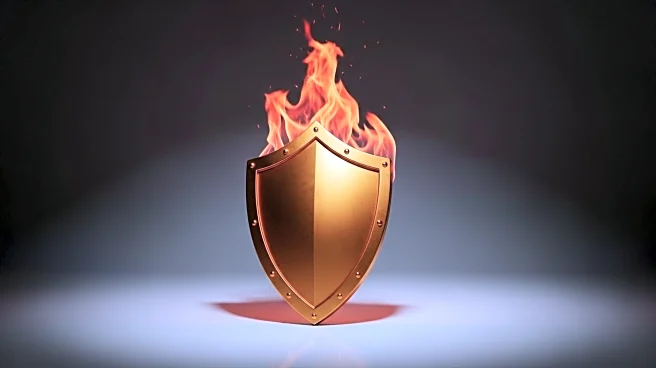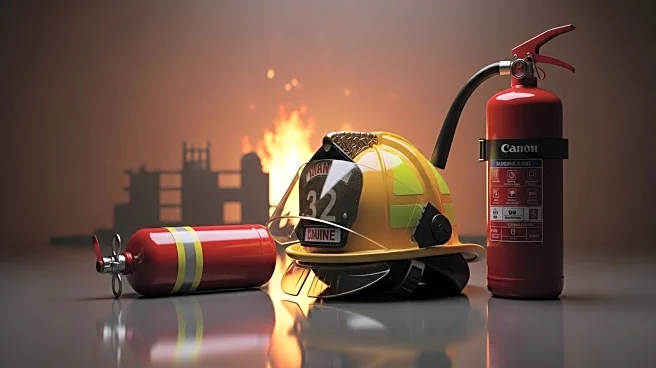What's Happening?
MrBeast, a prominent YouTuber known for his elaborate and high-budget stunts, is facing criticism over his latest video titled 'Would You Risk Dying For $500,000?'. The video features a professional stuntman attempting to escape a burning building for a chance to win half a million dollars. The stunt has sparked a heated debate online, with some viewers labeling it as dangerously irresponsible, while others dismiss the backlash as exaggerated. MrBeast, whose real name is James Donaldson, responded to the criticism by emphasizing the extensive safety measures taken during the production. He assured viewers that the stunt was conducted under controlled conditions with professional oversight, including ventilation for smoke and a kill switch to extinguish fires if necessary.
Why It's Important?
The controversy surrounding MrBeast's video highlights the ongoing debate about the ethical boundaries of content creation on platforms like YouTube. As one of the most popular content creators with 441 million subscribers, MrBeast's actions have significant influence. The incident raises questions about the responsibility of content creators to ensure participant safety and the potential impact of their stunts on impressionable audiences. The backlash also underscores the tension between entertainment value and safety, as creators push the envelope to capture viewers' attention in a competitive digital landscape.
What's Next?
The public discourse on the safety of MrBeast's stunt video may lead to changes in how such content is produced and presented. MrBeast might consider implementing more transparent safety disclaimers in future videos to preemptively address viewer concerns. Additionally, the incident could prompt discussions within the content creation community about establishing clearer safety standards and ethical guidelines for high-risk stunts.
Beyond the Headlines
This situation also touches on broader cultural and ethical questions about the lengths to which content creators will go to engage audiences. It reflects a growing trend where the line between entertainment and risk is increasingly blurred, raising concerns about the potential normalization of dangerous behavior for the sake of views and virality.










